Found a crack in your wall wider than a 10 pence piece? It could be something serious, say the experts
Spied some cracks in walls within your house? We explain how to identify those that point to something serious

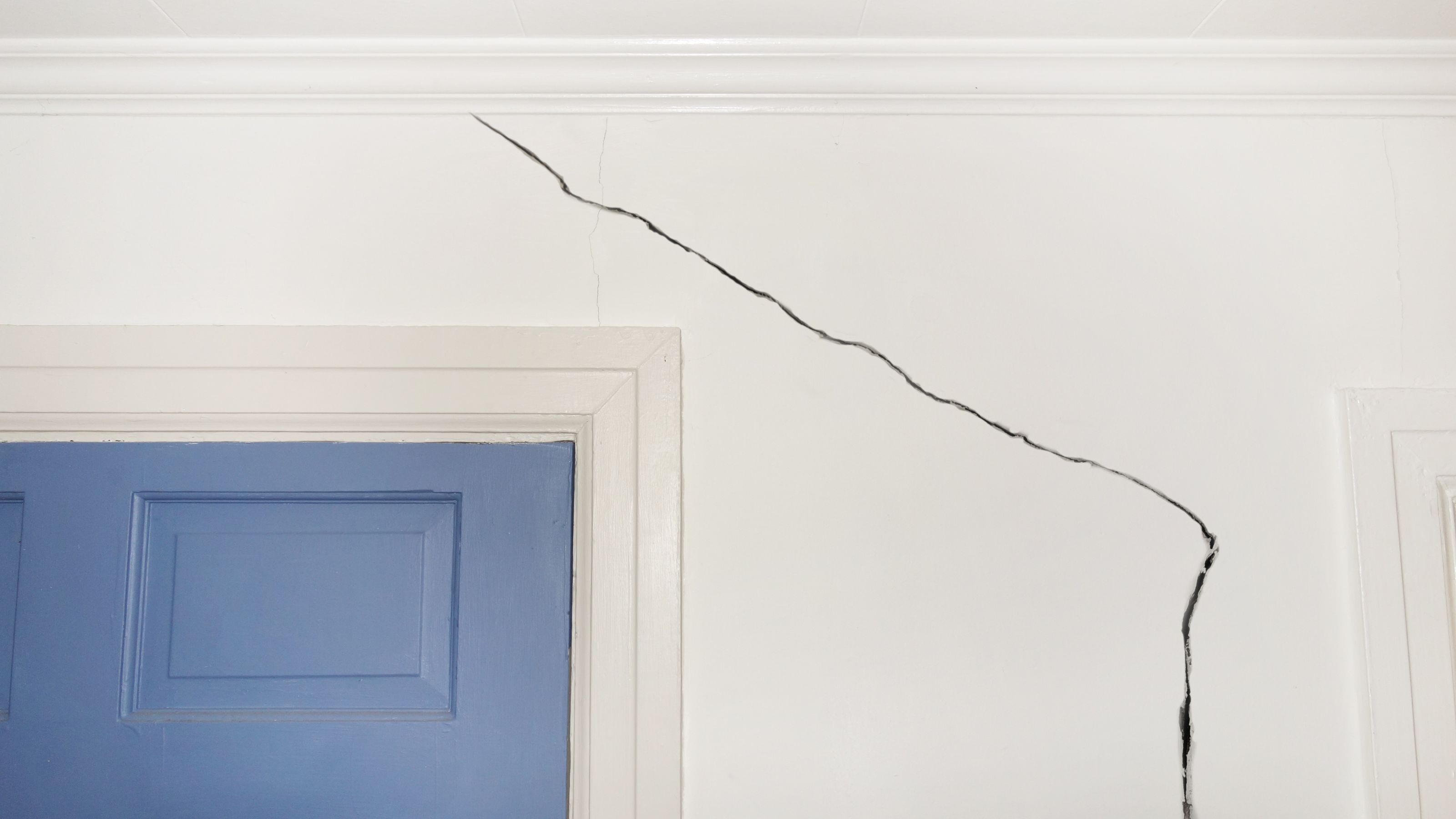
If you have spotted cracks in walls in your home you are most likely wondering what they mean.
Are they a sign the ground beneath is unstable? Is your roof causing issues? Will you need to look into how to remove an internal wall? In short, should you be worried?
'Cracks in walls, in most instances, are likely to be harmless,' reassures architect Tina Patel of Architect Your Home. 'If you have concerns, there are a few things you can do in the first instance before you get a professional involved.'
We asked the experts for their advice on how homeowners can tell the difference between a crack that indicates a serious problem requiring swift action, and those that are wholly innocent and no cause for concern.

Tina Patel is a RIBA-chartered architect and director at Architect Your Home, with over 15 years' experience helping families transform their homes through thoughtful, stress-free design.
What should you do if you have spotted a crack in your wall?
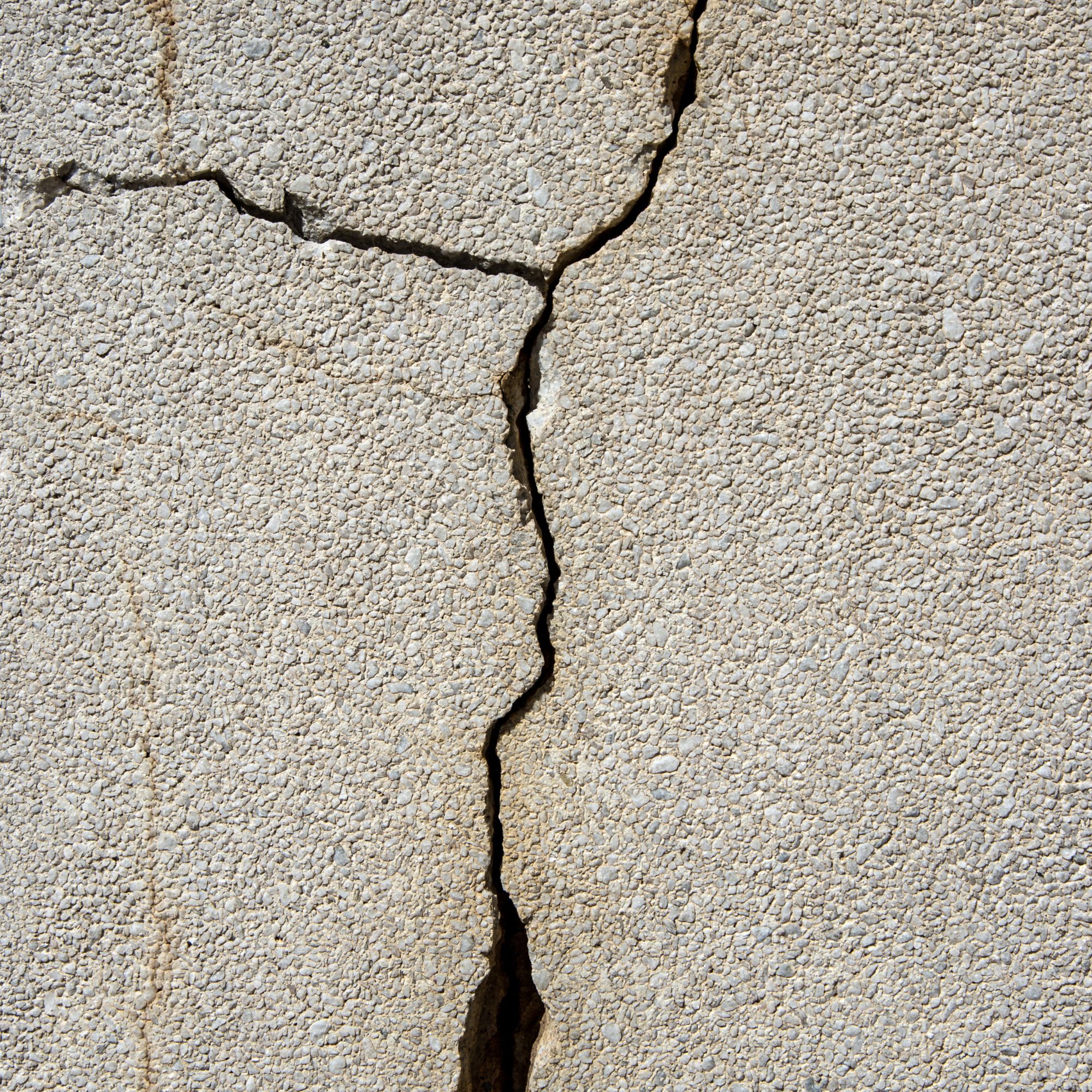
If you have noticed a new crack in a wall, or one that seems to be getting bigger, you can't just learn how to paint a wall and hope the problem goes away – so what should your first steps be?
'Monitor the crack,' advises Tina Patel. 'The easiest way to do this, when you don’t have specialist equipment, is to mark a number of points on the crack with a line through it in pencil (perpendicular to the crack). Date each mark and ensure you also mark the end of the crack in same way. Take photos of these marks.
'You can then check back in four weeks to see if the pencil line from one side of the crack has shifted to the other side,' continues Tina. 'If that has happened, you can consider the potential causes with a specialist structural engineer.'
Sign up to our newsletter for style inspiration, real homes, project and garden advice and shopping know-how
What do subsidence cracks look like?
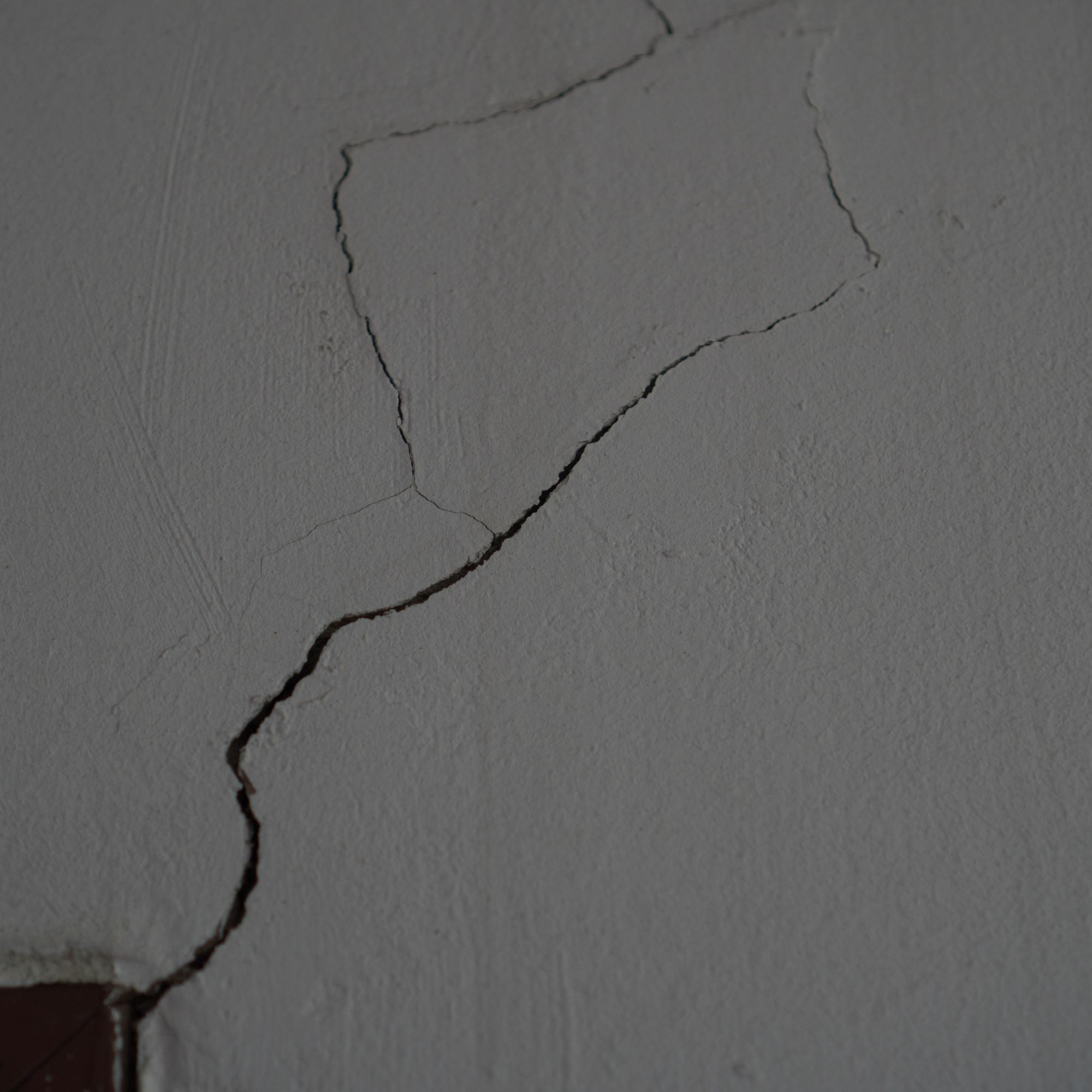
One of the first things most people worry about when they spot a crack in the wall is subsidence. With that in mind, what is the easiest way to tell if the crack you are looking at has been caused by ground movement?
'The most notable sign of building subsidence is the appearance of cracks, particularly diagonal ones, in interior plaster or exterior brickwork,' explains Craig Dean, residential services director, from Geobear. 'These cracks often appear suddenly, are wider at the top and are generally thicker than fine hairline cracks. A good rule of thumb is that subsidence cracks tend to be wider than a ten pence coin.
'Other indicators include sinking or uneven floors, visible gaps between floors and skirting boards, and cracks where an extension meets the main structure,' continues Craig. 'Doors and windows may begin to stick or misalign. These are all classic signs that the structure may be moving as a result of subsidence.'

Craig Dean is residential services director at Geobear, experts in ground engineering and subsidence. Geobear has worked with over 200,000 completed projects worldwide, resolving subsidence in homes in one-to-two days with a 10-year insurance-based guarantee.
What do hairline cracks in plaster mean?
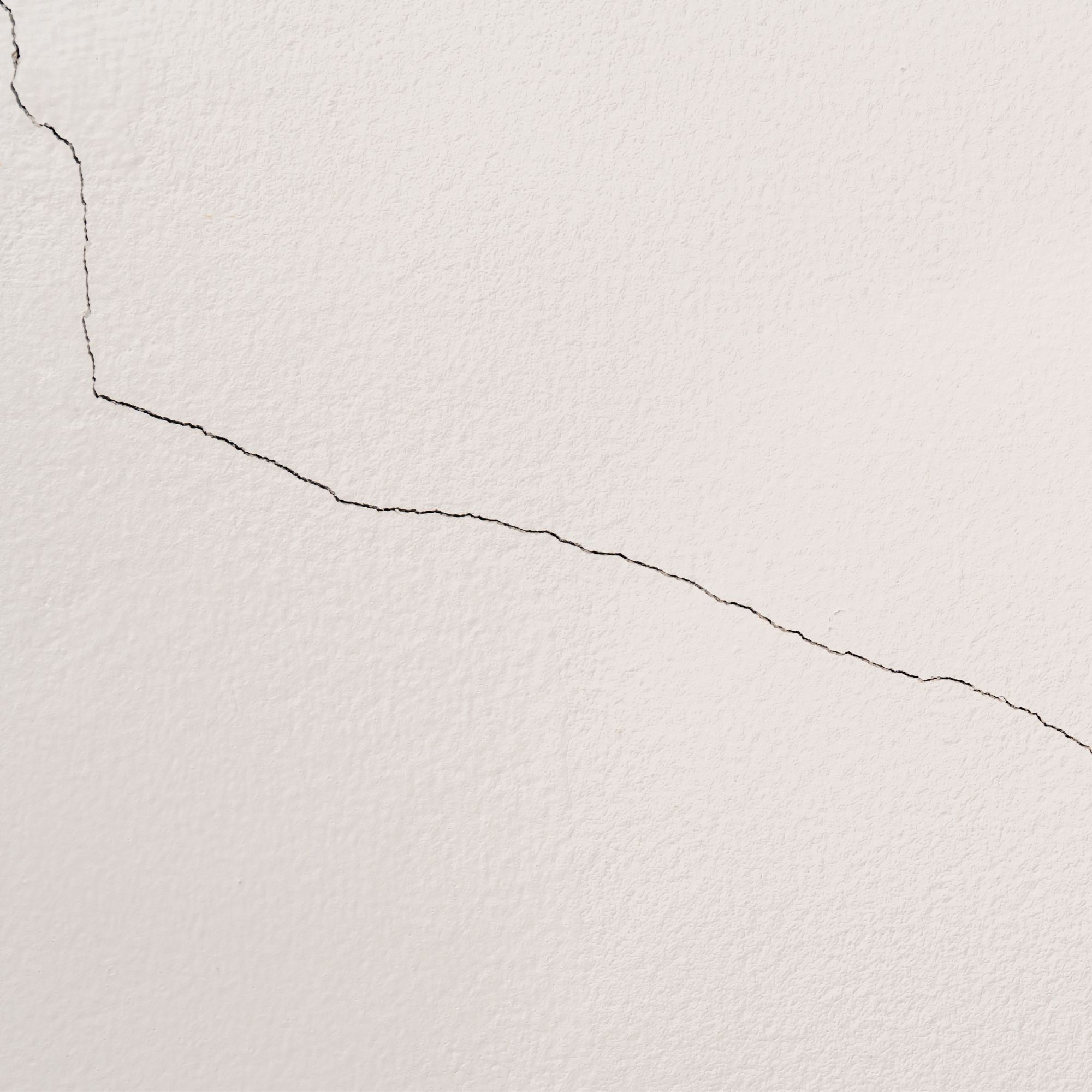
Very fine, hairline cracks are common, particularly when painting over new plaster – but what causes them?
'Hairline cracks are very thin (less than 1mm) and are typically found in plaster or render,' picks up Craig Dean. 'Usually they are caused by shrinkage, drying or minor settlement. These are cosmetic and generally harmless.'
That said, even in the case of settlement cracks, Craig still recommends keeping an eye on them.
'Settlement cracks are common throughout a building, particularly in new constructions, and are usually caused by natural settling of the building’s structure,' explains Craig. 'Geobear recommends monitoring these cracks for changes. If they stabilise, then no action is needed, but persistent or widening cracks should be evaluated by a professional.'
What do vertical cracks in walls mean?
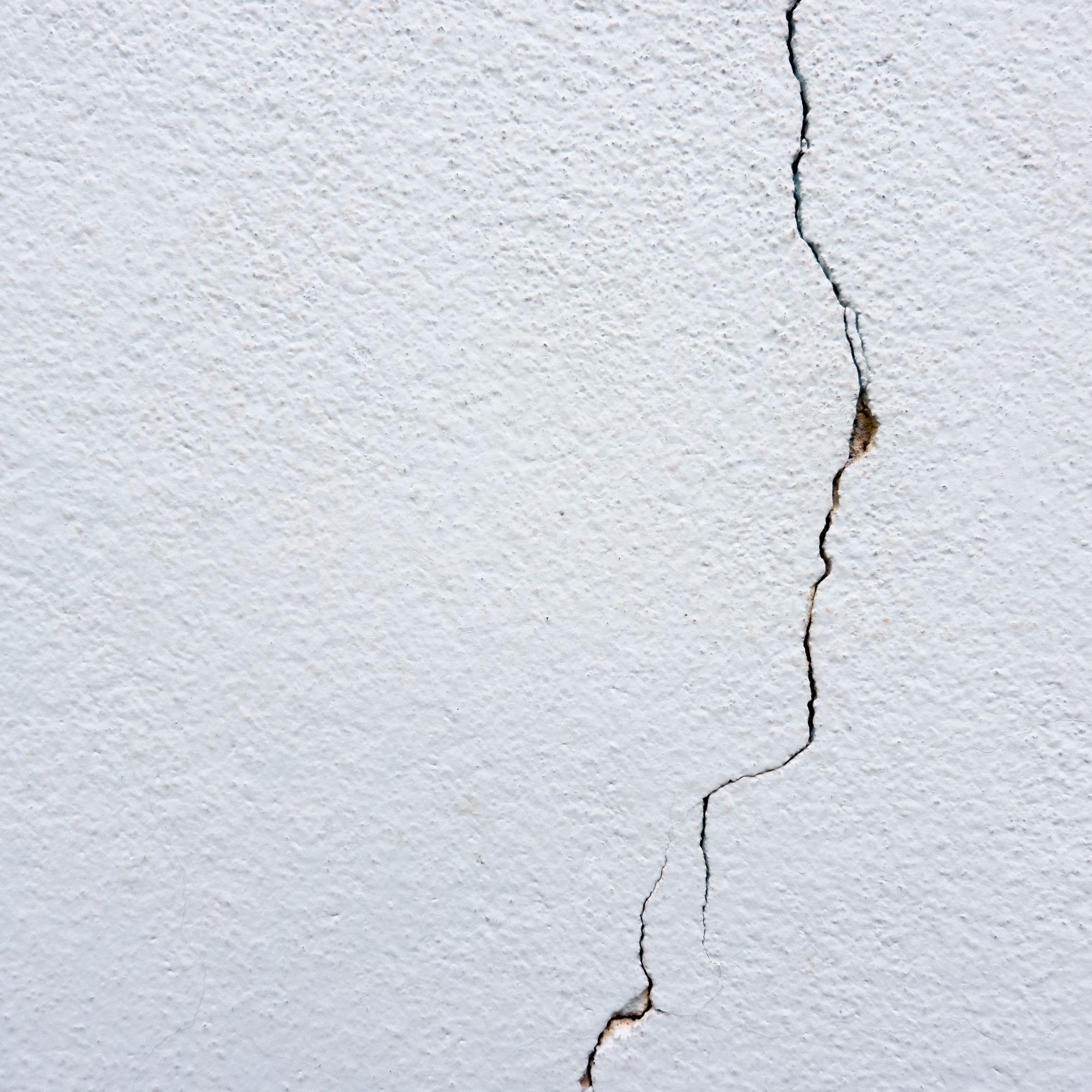
Spotted a crack that runs from the top to the bottom of the wall? This is known as a 'vertical crack.'
'These cracks are so-called because they run up and down both interior and exterior walls,' explains Craig Dean. 'You should monitor the crack for changes if it’s less than 3mm wide. If the crack is wider, then it will be necessary to consult an expert in ground engineering to rule out subsidence.'
'If the crack is visible on both sides of the wall – especially if it is a external wall – this may involve something structural,' adds Tina Patel. 'To rectify this could involve underpinning the existing foundations or putting in new structural support if the wall has been overloaded.'
Are diagonal cracks in walls a cause for concern?
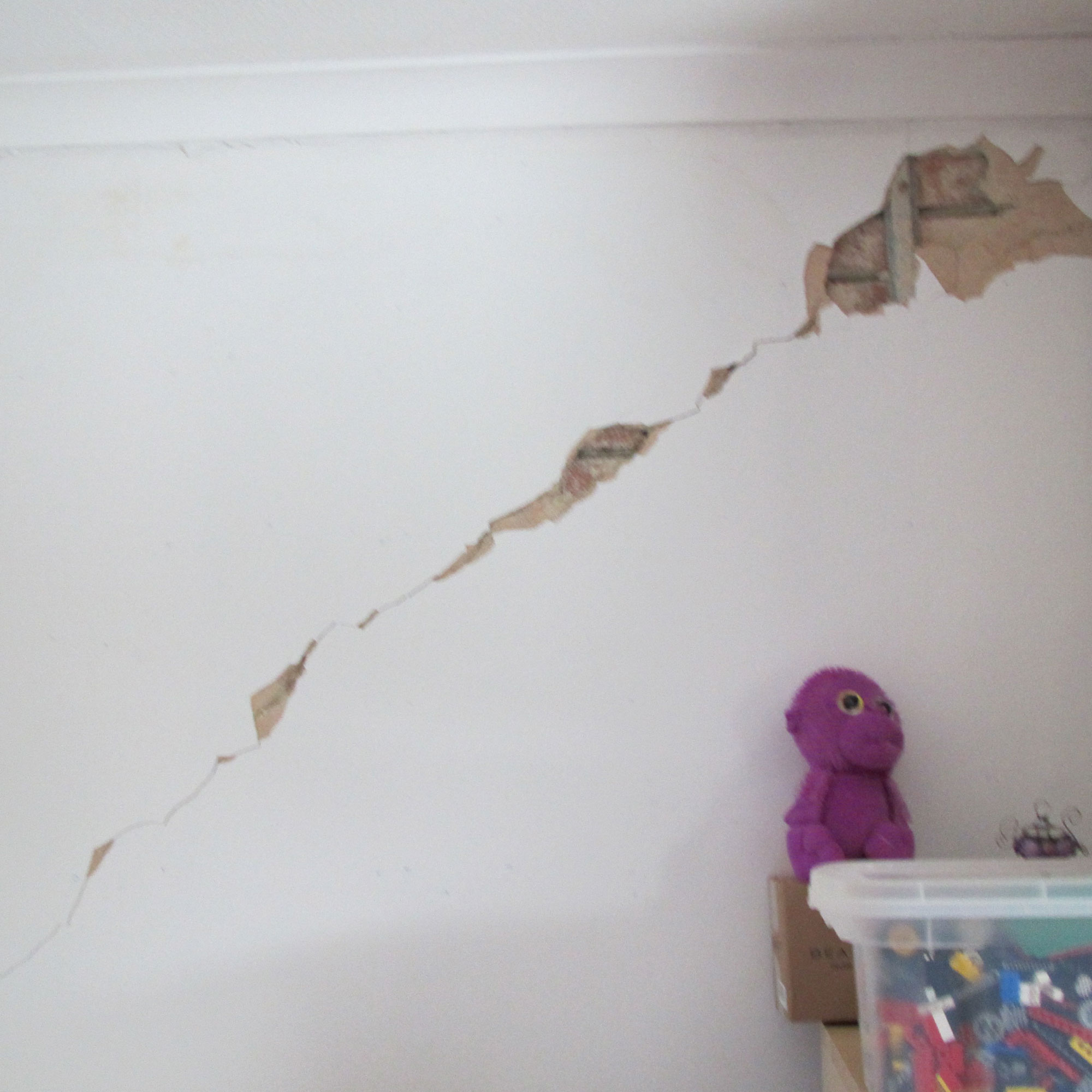
Cracks that run diagonally through walls should definitely set some alarm bells ringing.
'Diagonal cracks are often a sign of structural movement or subsidence, especially if the crack is wider than 3mm and located around windows or door frames,' warns Craig Dean. 'Diagonal cracks should be investigated promptly.
'Stepped cracks in brickwork are also classic indicators of subsidence,' continues Craig. 'Stepped cracks follow the mortar lines – the visible joints or seams between individual bricks – in a stair-step pattern and often widen at the top.
What should you do about horizontal cracks in walls?
Sometimes, horizontal cracks can appear in walls, and these can be a sign of something structural that needs to be investigated.
'These cracks may signal pressure, or movement, within the wall,' explains Craig Dean. 'Depending on their position, horizontal cracks could indicate serious structural stress or wall bowing.'
So how can you tell if the horizonal crack you are looking at is a sign of something that needs professional intervention?
'Subsidence cracks tend to be deeper and wider than superficial ones,' advises Craig. 'A superficial crack is one that appears on the surface of a material and does not extend deeply into it. Cracks wider than around 3mm warrant investigation.'
When should you worry about a crack in your wall?
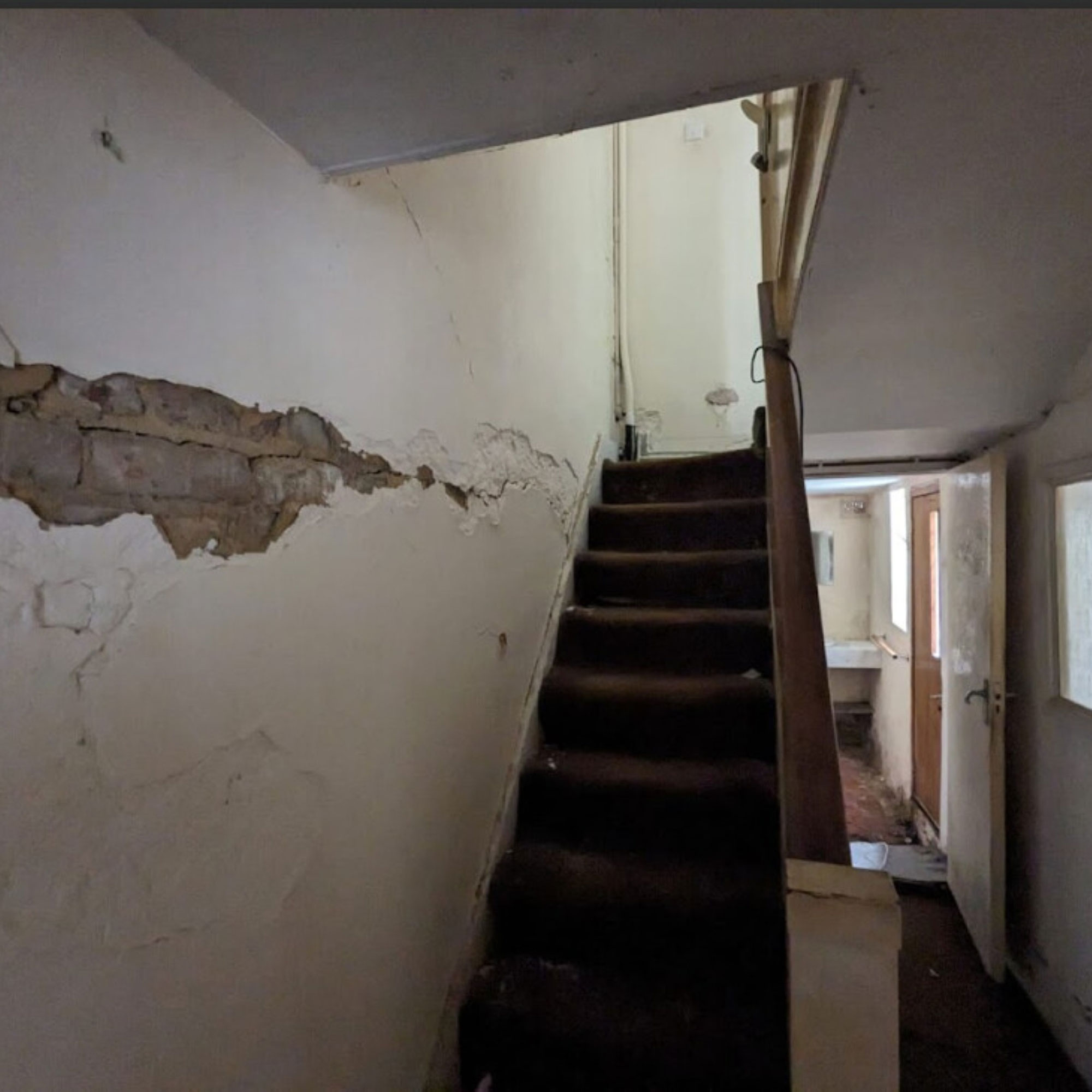
'Remember, buildings do move through the seasons and different elements will shift at different rates – so you would expect to see some movement, but big shifts can be a result of some other issues,' says Tina Patel.
While not all cracks mean subsidence, if the crack you have noticed fits any of the following criteria it is probably time to call in the pros to assess it.
- Diagonal or stepped pattern: 'Cracks that follow a stair-step or diagonal pattern are more likely to be related to ground movement,' says Craig Dean.
- Progression over time: If you are monitoring the crack and it is steadily getting longer or wider, it is best to call in a professional.
- Seasonal changes: 'Cracks that widen during dry periods, and close during wet months, can indicate soil shrinkage and expansion,' says Craig. 'This is especially common in clay soil.'
- Width: A crack that is any wider than 3mm warrants further investigation.
What are other signs of subsidence?
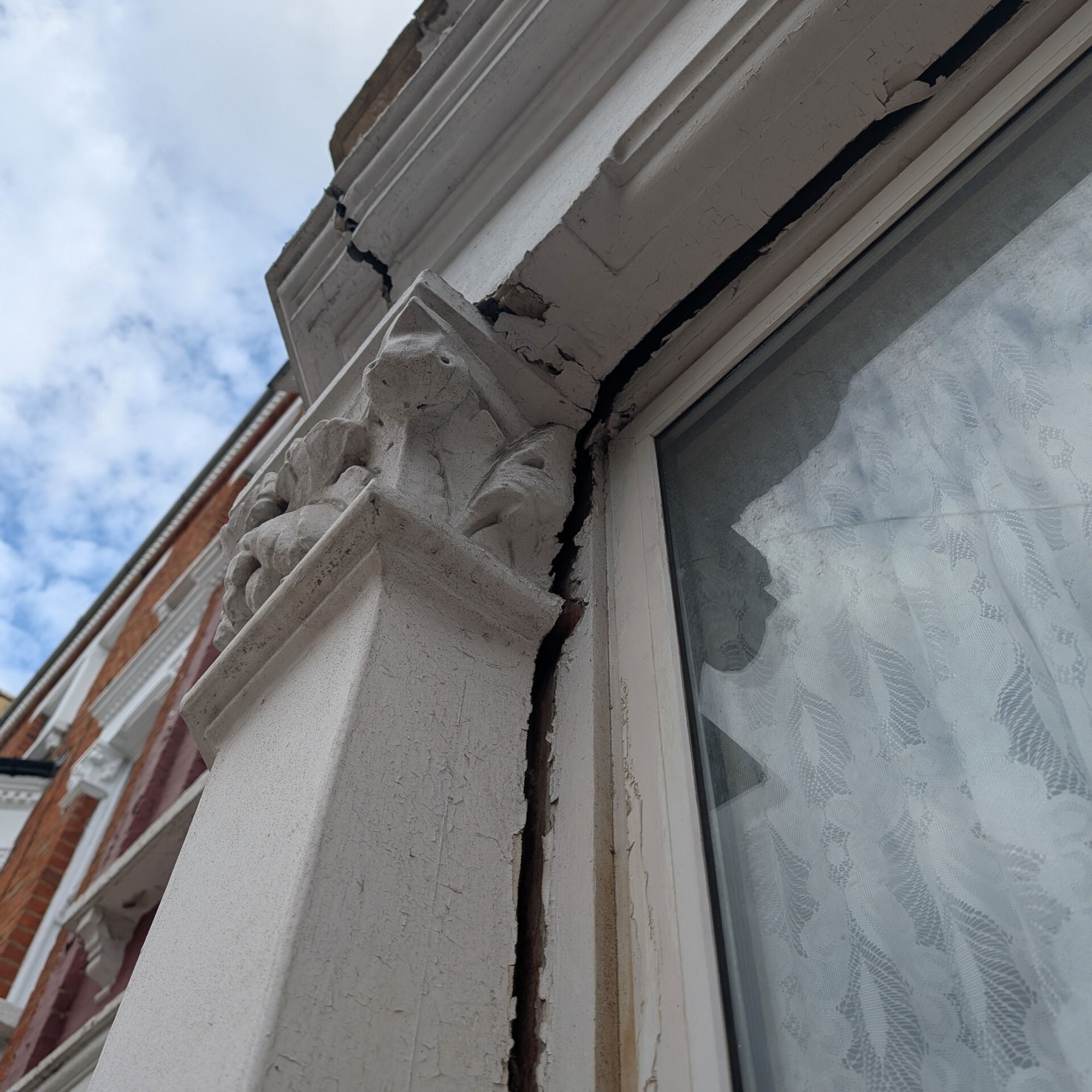
Cracks are just one sign that your house could be suffering from subsidence.
'Look for cracks in plaster, uneven or sloping floors, gaps around skirting boards and sticking doors or windows,' says Craig Dean. 'Externally, look out for cracks in brickwork, leaning chimneys, cracks at building corners or where extensions meet. Also, be on the lookout for gaps or cracking around window and door frames.
'Other symptoms of subsidence might include drainage issues, water damage or a structure appearing to lean,' adds Craig.
What should you do if you think your home has subsidence?
If you think that your home is suffering from subsidence, don't panic, there are steps you can take to resolve the issue.
'In our experience, when it comes to subsidence, it is important to get an independent specialist building surveyor’s report for the assessment,' advises Tina Patel. 'You should also check the specific requirements under your insurance for subsidence. Having subsidence or a record of this on your property could impact your insurance and mortgage for excessive periods of time and even the ability to sell the property, so if you think there is a risk it is important to have the independent report undertaken to verify this.
'When we have advised homeowners who thought they had subsidence (as a result of their insurance team advising it was) it was proved it was not upon further investigation, avoiding the need for costly increases in premiums, so it is well worth the investment of the building surveyor’s report.'
FAQs
What is subsidence?
If all this talk of subsidence has got you wondering what it actually is, this should help clear things up.
The definition of subsidence is the downward movement of the ground underneath a building. It actually has nothing to do with the building on top.
'Subsidence occurs when the ground beneath a building sinks, causing the foundations to shift,' explains Craig Dean.
If you discover a crack that is harmless, then it's a good idea to fill it, but make sure you don't miss this crucial step.

Natasha has been writing about everything homes and interiors related for over 20 years and, in that time, has covered absolutely everything, from knocking down walls and digging up old floors to the latest kitchen and bathroom trends. As well as carrying out the role of Associate Content Editor for Homebuilding & Renovating for many years, she has completely renovated several old houses of her own on a DIY basis.